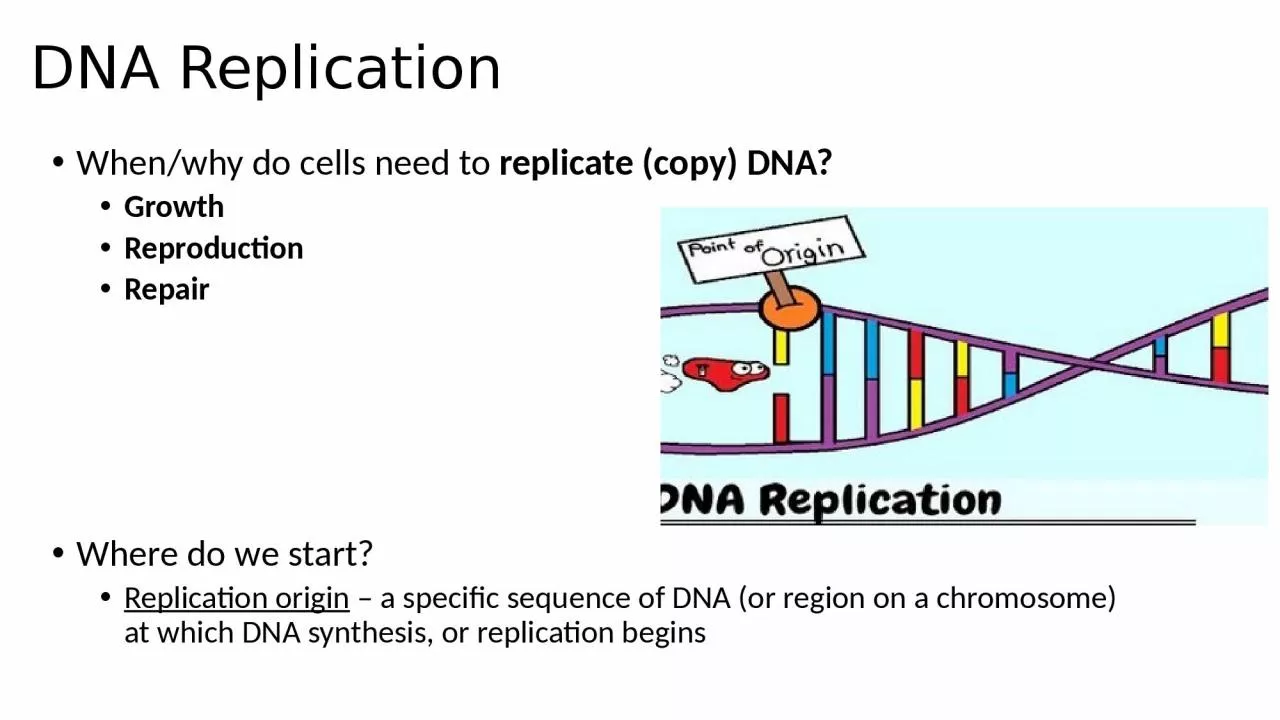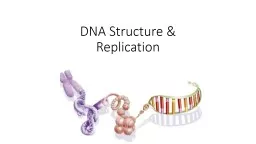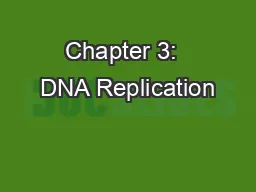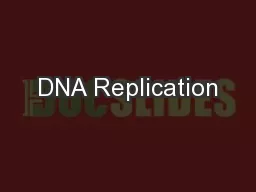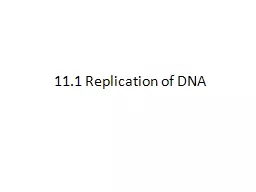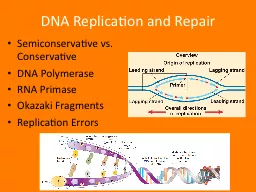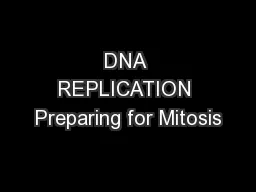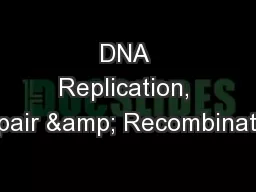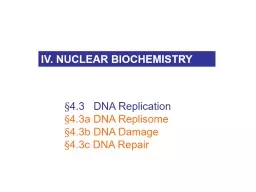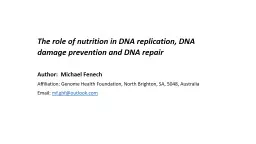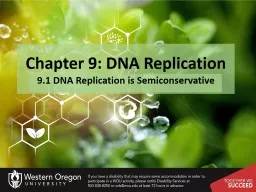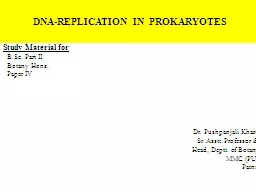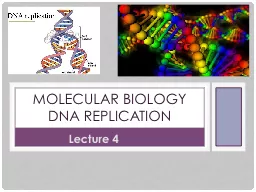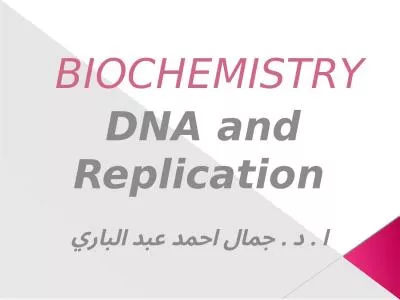PPT-DNA Replication When/why do cells need to
Author : finley | Published Date : 2023-11-23
replicate copy DNA Growth Reproduction Repair Where do we start Replication origin a specific sequence of DNA or region on a chromosome at which DNA synthesis or
Presentation Embed Code
Download Presentation
Download Presentation The PPT/PDF document "DNA Replication When/why do cells need t..." is the property of its rightful owner. Permission is granted to download and print the materials on this website for personal, non-commercial use only, and to display it on your personal computer provided you do not modify the materials and that you retain all copyright notices contained in the materials. By downloading content from our website, you accept the terms of this agreement.
DNA Replication When/why do cells need to: Transcript
Download Rules Of Document
"DNA Replication When/why do cells need to"The content belongs to its owner. You may download and print it for personal use, without modification, and keep all copyright notices. By downloading, you agree to these terms.
Related Documents

